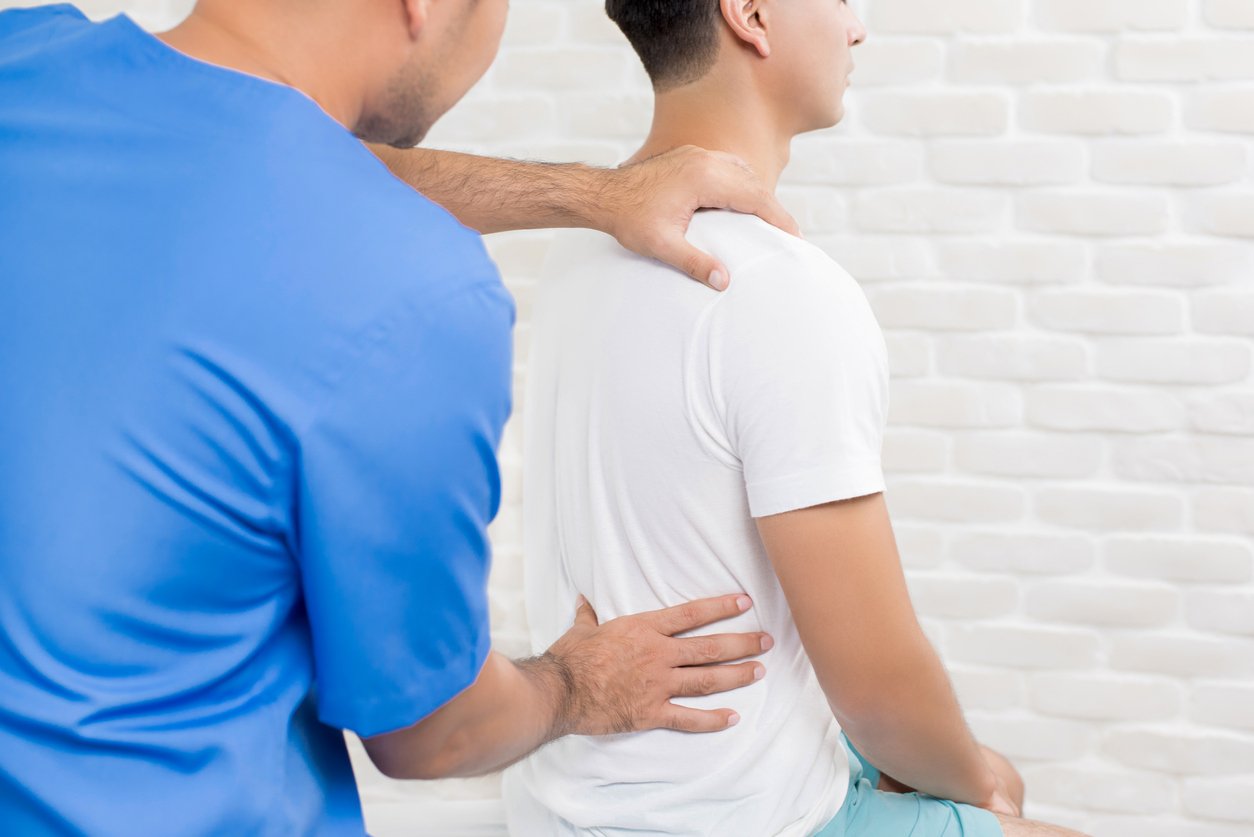Top 5 Alternative Methods to Combat Chronic Pain

Chronic pain caused by a work-related injury can be debilitating. It can require years of doctors’ visits and formal medication routines to get even a hint of relief. What once felt like a simple daily task, is now magnified into a painful and exhausting chore.
Approximately 100 million Americans are dealing with the effects of chronic pain, making it the number one cause of disability among adults in the U.S. Aside from the physical toll pain can have on the body, it can also have an emotional, psychological, and cognitive toll, as well.
Your doctor may suggest a prescription medication to alleviate your pain, but sometimes medication routines aren’t the right answer for you. To ensure all chronic pain sufferers have access and resources available to them, we scoured the internet and compiled the top 5 alternative ways to combat chronic pain to get you feeling like your best you again.
Acupuncture
Acupuncture has been used in Asia for centuries to treat many kinds of conditions and relieve pain. Since its introduction into the U.S, acupuncture has been known to ease common ailments like lower back pain, nerve pain, headaches, fibromyalgia, menstrual cramps, and more.
There are several forms of acupuncture, but the most frequently used method involves the insertion of extremely fine needles into the skin at specific “acupoints”. This helps relieve pain by releasing endorphins (the body’s natural pain-killing chemicals) and by affecting the part of the brain that governs serotonin (a brain chemical involved with mood). If you choose to try acupuncture, seek out an experienced acupuncturist with a certification from the National Certification Commission for Acupuncture and Oriental Medicine.
Mindful Meditation
Mindful meditation has been shown in clinical trials to reduce chronic pain by 57% and some experienced meditators reduced it by over 90%. Going beyond the physical methods of treating pain, mindful meditation helps the individual gain psychological control over his or her pain.
This treatment’s goal is to help teach those affected by pain how to understand the different types of pain and how to control the body’s amplifier to reduce it. People who used this method experienced dissipated anxiety, stress, and depression, relaxing the body and allowing the healing process to begin.
Massage Therapy
Massage therapy helps relieve pain through relaxing painful muscles, tendons, and joints, relieving stress and anxiety and potentially closing the “pain gate” by stimulating nerve fibers and impending pain messages to and from the brain. Several studies found that massage therapy not only reduced patient's pain, but also helped them sleep better, have less anxiety, and reduce depression.
Massage therapy can involve varying degrees of pressure such as light touch, firm pressure, and hard pressure. Depending on the amount of pain, it’s a good idea to inform the massage therapist on what you can tolerate.
Yoga
Yoga combines breath control, meditation, and movements to stretch and strengthen muscles. This exercise can have a positive impact on mental fitness, setting it apart from other common exercises. Yoga is found to help people facing arthritis, fibromyalgia, migraine, low back pain, and many other chronic conditions. In many studies, researchers discovered that the patients who participated in weekly yoga sessions had improved daily function, mood, and psychosocial well-being. Many yoga poses can be modified to accommodate strength levels and experience, along with any health conditions.
Exercise
Depending on your current state of health, exercise can help ease inflammation, increase mobility, and decrease overall pain levels. A combination of cardio, relaxation, stretching, and strength exercises can help reduce the amount of pain felt overtime. Something as simple as walking for 30 minutes 3 to 5 times a week can increase strength, endurance, and heart health.
Inactivity can lead to stiff muscles, decreased mobility, and decreased strength, which in turn can slow the healing process and even worsen the symptoms of chronic pain. It’s always recommended that you consult your doctor before starting an exercise program as certain conditions may lead to increase pain with exercise. Start slow and monitor your symptoms.
Managing your chronic pain can be tough, but it doesn’t have to be. Adding one of these methods or a combination of methods to your daily routine can help reduce the effects of chronic pain. Most importantly, it’s necessary to discuss these or any other methods with your doctor before beginning a routine.
If any of these, or other alternatives, aren’t meant for you, you can always check in with others in the chronic pain community to get a better understanding of how they are working to combat chronic pain or meet members with similar stories. You may find sharing and reading other stories makes the feeling a little less painful.
Other Posts You Might Be Interested In
Subscribe to email updates
Stay up-to-date on what's happening at this blog and get additional content about the benefits of subscribing.


